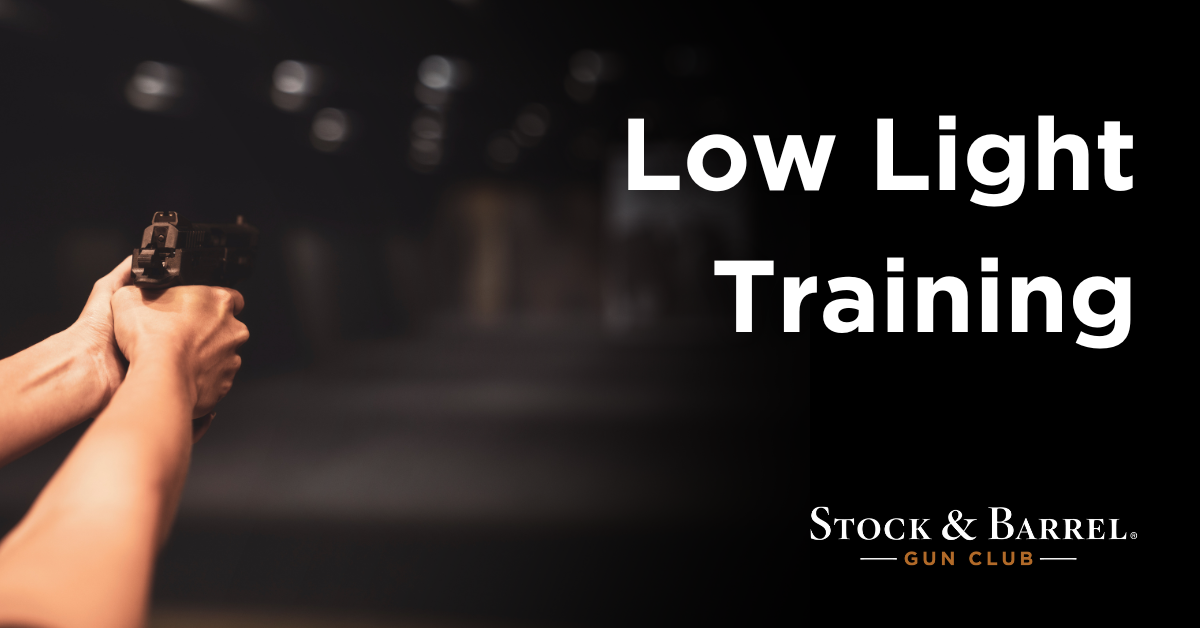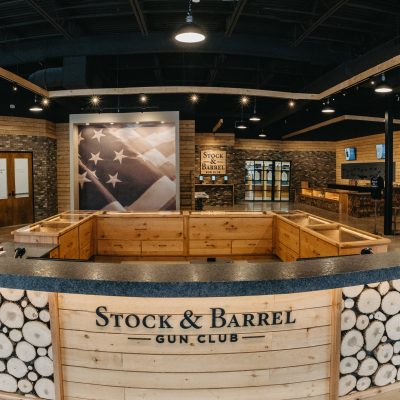The world is in darkness 50% of the time so, if you carry a firearm for self defense and
you’re not practicing for low-light shooting, there is a 50% chance you will be guessing
on your own performance in a life-or-death encounter. While leaving your life-saving
abilities to chance is a risky, and arguably irresponsible, prospect, many people simply
don’t have access to an opportunity to shoot in low light conditions. Fortunately for you,
Stock & Barrel has a low light/no light class as part of our Training Academy. We will
help you familiarize yourself with low light techniques. Until then, here are some
thoughts on how to develop some basic low-light skills before you step onto the range.
SET CONDITIONS
As we’re an indoor range, the first thing we recommend is talking to the range staff. At
Stock & Barrel we offer a low light/no light class through our Training Academy to build
your skill set. You can even schedule a time in the shooting simulator to replicate low
light / no light scenarios in a variety of environments.
If you don’t want to go through either of those routes, one of the easiest things you can
do is to wear shooting approved sunglasses as your eye protection. Depending on how
well your range is lit, and how dark your sunglasses are, this might just dim the lights a
little or it might make your target noticeably harder to read.
The other option is to start doing dry fire practice in the dark at home. While it takes
away the ability to actually shoot, you will have complete control over the lighting
conditions, including “mixed light” conditions. (If all the lights in your living room are
turned off, but light from a streetlamp is spilling through the front window, and there’s a
plug-in night light in the front hallway, that’s mixed lighting.)
CHOOSE TASKS
Once you’re able to figure out a way to practice in low light conditions, the next hurdle is
figuring out what skills to practice. Ideally, every shooting-related task you can
accomplish in broad daylight, you should be able to accomplish in low light. But there
are some especially critical tasks that could make all the difference in a nighttime
shooting scenario.
First off, if you carry a flashlight as part of your daily wardrobe, know how to use that –
even before training with your gun. Accessing your light with both hands and activating
it properly will be paramount to any dangerous situation that occurs in the dark. Many
“tactical” pocket flashlights are loaded with features like multiple brightness modes and
strobe function. Know how to quickly cycle through your light’s modes, or program it to
the specific setting you think is best suited for an emergency. If you carry a weapon with
a light on it, learning how to actuate that reflexively is equally important. On this note, if
you carry a gun for protection after sundown but don’t also carry a flashlight (handheld,
weapon-mounted, or both) that is a legitimate deficiency in your emergency action plan
that should be considered carefully. Positively identifying a threat before firing your
weapon is a legal and moral requirement for armed citizens. God forbid you ever have
to use your gun to defend yourself. You then wind up in front of a lawyer who asks you
“what did you see?”. Without a flashlight in your pocket, your answer might sound
something like “I’m not sure. It was dark, and I was scared, so I just started shooting…”
That’s a response that should be avoided at all costs.
Beyond the use of a flashlight itself, there are some gun-handling skills you can (and
should) practice in the dark – whether on a darkened range or via dry-fire at home. One
is seeing and aligning your sights. A proper grip, stance, or trigger press are not directly
affected by darkness. But seeing your sights absolutely is. If you carry a pistol with a red
dot optic on it, the change from day to night shooting is far less drastic. But if you are
running iron sights, sighting in can be a significant challenge. This is the other reason
we strongly advocate having a flashlight handy. Throwing light on the target will back-
light your sights and allow you to clearly align them. If your pistol has glow-in-the-dark
tritium sights, you may at least be able to align the dots in the dark. But if you are
running fiber optic or plain black sights, some light will be required to line them up. If you
have any lights in your house that run on a dimmer switch, experiment with adjusting
the light up and down gradually to figure out how much light you need to pick up your
sights.
In addition to practicing sight alignment, it’s also prudent to practice reloads and
malfunction-clearances in the dark. This particular practice doesn’t require a range at
all, and we’d recommend at least trying it in complete darkness. You do need to
positively identify anything you intend to shoot at. But you do not need to positively
identify the gun in your own hand. Training weapon manipulations in the dark
(exchanging magazines, hitting the slide release, fixing malfunctions) is an excellent
way to become better at them in the daylight. If you can teach yourself proper hand and
body position to execute these movements without relying on any kind of visual
reference, you will become smoother and more efficient at them even when you’re able
to see.
GAUGE STANDARDS
What “standard” you think you should be able to perform at is a personal assessment
we must all make for ourselves. Establish some kind of skill baseline – whether you time
yourself, or simply count the number of reps required to get something correct. Once
you have that baseline, build on it slowly and steadily. Low-light firearms training is not
something to be rushed or pushed-through just to say you did it. But with some very
simple drills and a little ingenuity in creating the appropriate environment, you will be
able become capable of self-defense all day, every day.
Classes You May Be Interested In:
- Low Light/No Light Shooting in Eagan or Chanhassen
- Judgment Training in Eagan or Chanhassen
Other Articles You May Be Interested In:
- Family Planning: Home Defense For The Family Unit
- Selecting A Handgun
- Firearms Training: A Journey, Not A Destination





